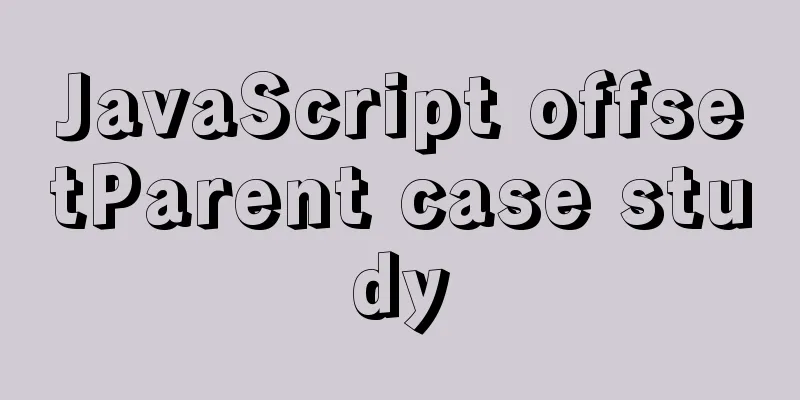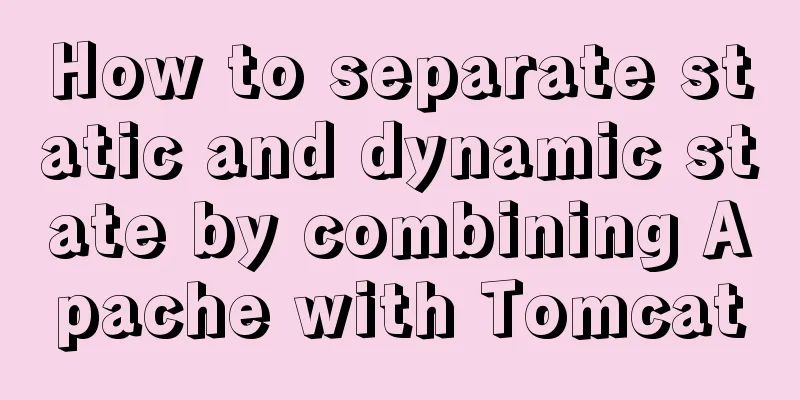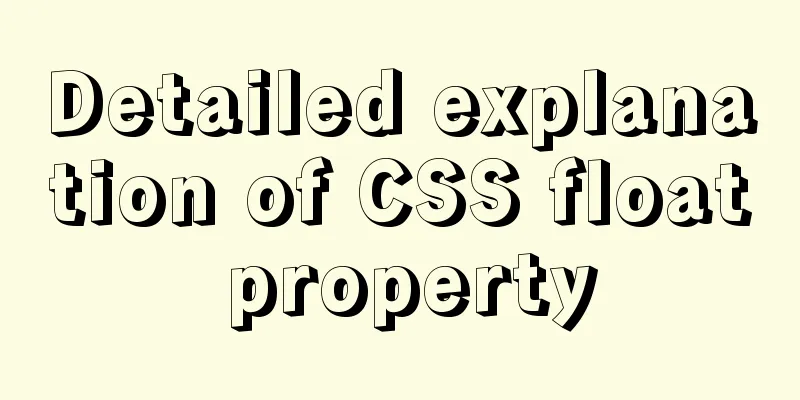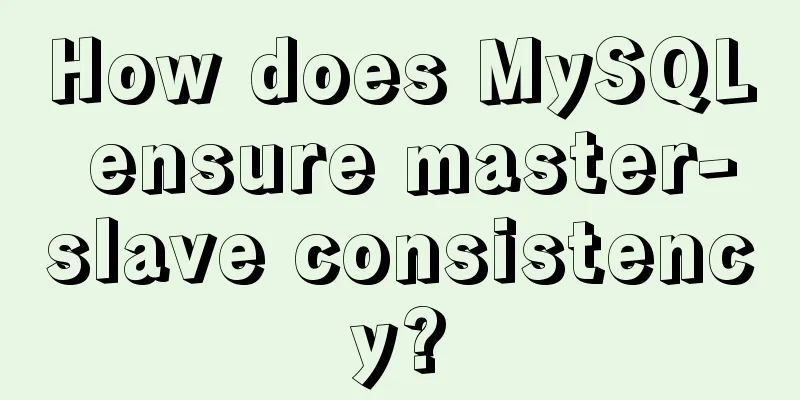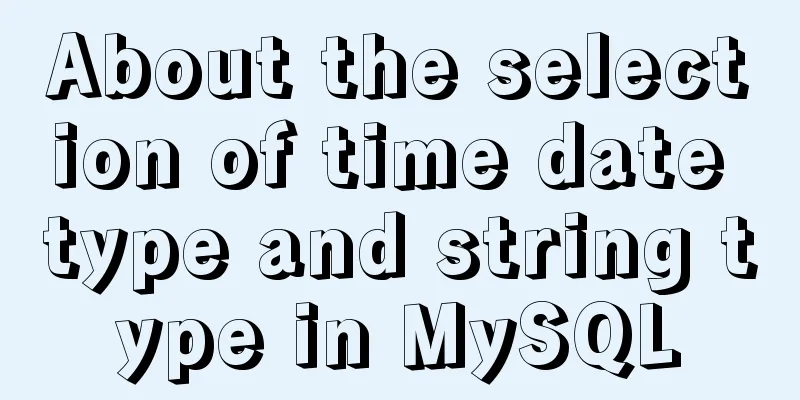Explanation on whether to choose paging or loading in interactive design
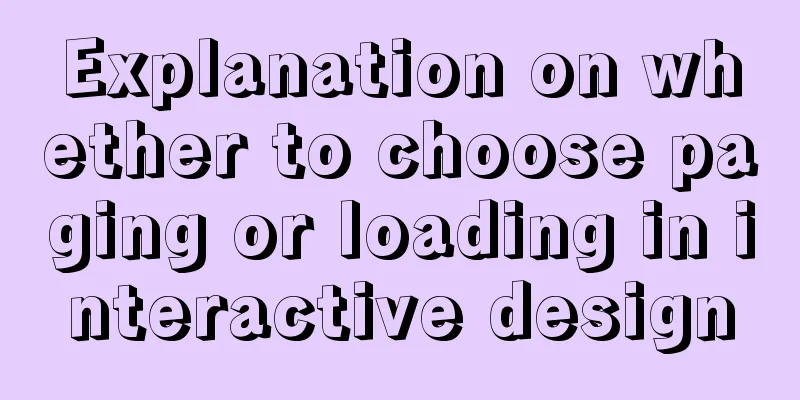
|
The author of this article @子木yoyo posted it on his personal blog. Whether on a web page or a mobile app, information often cannot be displayed entirely on one page, which requires the use of some interactive modes that can expand page information: pagination and continuous scrolling. Pagination and loading are very common interaction modes that we encounter every day. Precisely because they are so common, we don’t even feel their existence. When we browse to the bottom of the page, we click on the pagination when we see it, and continue reading when it loads automatically. But it is this small point that will bring users a very different and subtle feeling. This article will talk about the big differences these small differences bring. Pagination Pagination can divide large content into small pieces and display them on separate continuous pages, making it easier for users to understand and find. It allows users to clearly know how much content they want to browse, which part they have browsed, and how much is left. Pagination allows users to have clear expectations about the content they are browsing. Longer articles will definitely require pagination. First, it gives users an expectation of how much content there is, and second, it provides a pause for viewers. How frustrating it would be if a user has scrolled through more than ten screens while reading an article and the scroll bar is still stuck in the upper middle of the browser.   The paging control actually creates a natural pause for the content of the website. If this pause is used well, it can make the product more rhythmic. However, when the user finishes browsing a page, he or she must stop reading and click to jump to get more content. It is undeniable that this pause will interrupt the user's thinking to a certain extent. When encountering pagination, users are likely to think about whether to continue browsing or leave the website. Therefore, when encountering pagination, some users will often be lost. Continuous loading Continuous loading is an interaction mode that is the opposite of paging, with no clear boundaries or pauses between messages. When the page scrolls to the bottom, new information will be loaded automatically. Various social networks particularly like to use this type of control, so users will not be interrupted and can browse smoothly and immerse themselves in it.  When using paging controls, users must click to view more content, so information acquisition is actively requested by users. When using continuous loading, new information is loaded automatically and the user passively accepts it. Compromise method Paging and loading have their own advantages and disadvantages. Many websites nowadays will also take some compromise methods: paging and loading together. For example, Quora will display a “More” button after automatically loading 4 times, giving users a pause after the continuous flow of information, allowing them to actively obtain more information.      |
>>: Super detailed tutorial to implement Vue bottom navigation bar TabBar
Recommend
How to install Windows Server 2008 R2 on Dell R720 server
Note: All pictures in this article are collected ...
Detailed use cases of vue3 teleport
Official Website https://cli.vuejs.org/en/guide/ ...
Detailed explanation of common commands in MySQL 8.0+
Enable remote access Enable remote access rights ...
The correct way to migrate MySQL data to Oracle
There is a table student in the mysql database, i...
Detailed explanation of how to build phalcon environment under nginx server on centos7 system
This article describes how to build a phalcon env...
MySQL password modification example detailed explanation
MySQL password modification example detailed expl...
Implementing a simple age calculator based on HTML+JS
Table of contents Preface Demonstration effect HT...
CentOS7 64-bit installation mysql graphic tutorial
Prerequisites for installing MySQL: Install CentO...
How to use translate and transition in CSS3
I always feel that translate and transition are v...
How to install theano and keras on ubuntu system
Note: The system is Ubuntu 14.04LTS, a 32-bit ope...
WeChat applet implements a simple handwritten signature component
Table of contents background: need: Effect 1. Ide...
Method of Vue component document generation tool library
Table of contents Parsing .vue files Extract docu...
JavaScript to achieve the effect of clicking on the self-made menu
This article shares the specific code of JavaScri...
Steps to install RocketMQ instance on Linux
1. Install JDK 1.1 Check whether the current virt...
Analysis of Linux configuration to achieve key-free login process
1.ssh command In Linux, you can log in to another...

